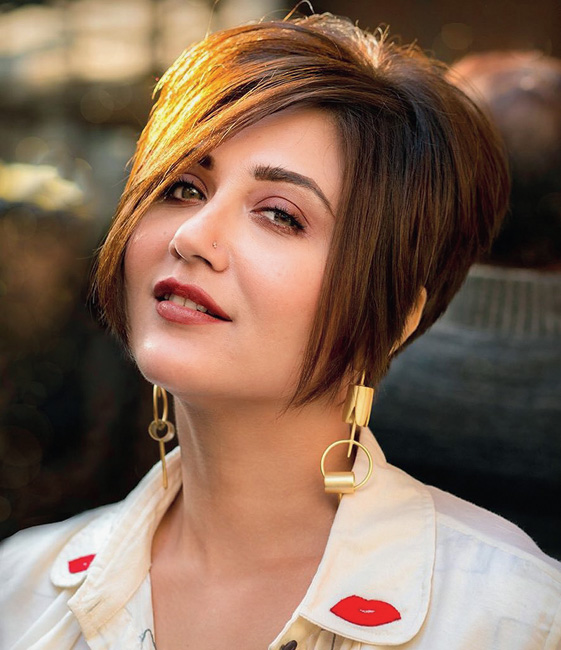
Swastika Mukherjee Sourced by the Telegraph
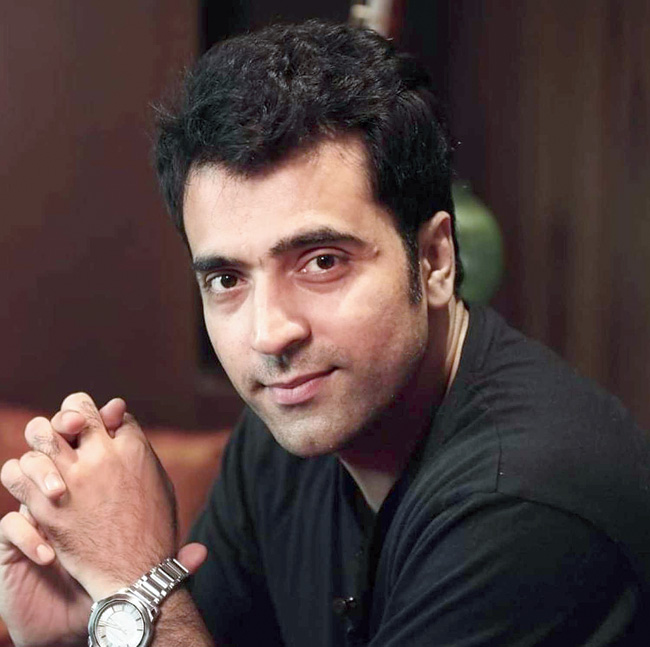
Abir Chatterjee Sourced by the Telegraph

Parambrata Chattopadhyay Sourced by the Telegraph
Would Avatar’s Pandora, with its luminous colours and jaw-dropping landscape, be as compelling on the small screen? Would Richard Parker’s roar on that small boat in Life of Pi have been as impactful on a smartphone? Would the soaring plains of Sonar Kella mesmerise as much on a laptop screen? There are some films that are only big-screen experiences. No matter how big a screen you mount on your home wall, the joy, charm and excitement of watching a film — spectacle or not — unfold on the big screen in a dark audi cannot be replicated. Four actors (one of whom doubles as a film-maker) reminisce and romanticise their big-screen watching experiences, from their first memories to their current picks.

Gaurav Chakrabarty Sourced by the Telegraph
Gaurav Chakrabarty
Jurassic Park was probably one of the first films I watched in the theatre. It was a life-changing experience for me as a kid. I remember two sequences vividly. One was the first sight of the dinosaur when these guys are travelling during the day and then Sam Neill’s character (Alan Grant) sees the creature and takes his sunglasses off. And then it cuts to a long shot of this huge dinosaur walking. I remember the kind of impact it had on me, and that is something that couldn’t have happened on the small screen.
I have rewatched Jurassic Park multiple times on the small screen, and even on its re-release in theatres, and even on the second viewing in the theatre, so many years after my first experience as a kid, the impact was tremendous. The other scene was the introduction of the T-Rex. The first moment was the water vibrating in the glass placed on the dashboard of the car, then you see the eye of the T-Rex and then you see it in totality when it comes out.
I remember before Avatar released, many cinemas around the world, including in India, got an upgrade because there was a superior form of 3D technology used in the film. I remember reading an interview of James Cameron where he said he had actually done it on purpose because that was the only way he wanted the film to be seen. This was fascinating because he was modernising cinema in a way. I don’t think Avatar is a great film, but it’s a great spectacle... it’s unbelievable. The 3D was very different. It was way more immersive. I have an acute fear of heights and the way some scenes were shot, I actually thought I would fall! That’s something that only a big screen can give you.
Abir Chatterjee
A film that impacted me, and probably many others of my generation, because of its larger-than-life visuals was Independence Day. It was one of its kind and I remember watching the film at Talkie Show House. My childhood is peppered with memories of Baba taking me to watch Hollywood films like The Five Man Army, The Bridge on the River Kwai, King Kong, The Magnificent Seven, most of which we watched at Talkie Show House.
When Independence Day released, I had grown up enough to understand the spectacle, larger-than-life movie experience.... I hadn’t watched a film like that before. Aliens coming in, an international disaster threatening to end the world... my jaw dropped when I watched that scene where the whole sky gets covered by the flying spaceships... something that can only happen on the big screen. It was both quite exciting and unnerving. I understood the politics of the film when I grew up, but at that time it was just the visuals that impacted me in a life-changing way. There were various moments, especially the end, where the audience was cheering and clapping... the movie hall had turned into a cricket ground.
Such an atmosphere can only come from community viewing. When I started acting, I realised that this is probably the only place where people may hail from various backgrounds and thought processes, but in that dark hall, they all come together and react to a film as one. Say when you go to watch a film of your favourite hero on the first day-first show of a film. You sit next to a total stranger who you will probably never meet again, but when the hero makes an entry, the two of you whistle for him together. Also, cinema is a way to fulfil inspirations, to dream your dreams through the characters and circumstances in the film.
Parambrata Chattopadhyay
We have a tendency to only brand the big Hollywood spectacle, tentpole films as big-screen experiences. There are thousands of films in various other languages from all over the world that are big-screen experiences by virtue of their cinematic brilliance and their craft. They don’t need to be sci-fi, superhero or disaster films.
Like Andrei Rublev by (Andrei) Tarkovsky. It’s a 1960s film that I obviously watched much later, but I did watch it on the big screen because it’s sacrilege to watch it in any other format. Or for that matter, (Ingmar) Bergman’s The Seventh Seal. Even Sonar Kella needs to be watched on the big screen. By virtue of its definition, cinema is meant to be watched on the big screen. But everyone needs to adapt to the times, and hence so much streaming of content is happening. But there are some films that call for the big-screen experience.
My earliest memories of watching a film in theatres date back to Sonar Kella, Goopy Gyne Bagha Byne, Komal Gandhar, Ben Hur, The Ten Commandments.... When I first watched The Ten Commandments, the parting of the sea or the chariot scene in Ben Hur, all of this really mesmerised me... and I am sure my reaction will be the same if I watch these films on the big screen even now. The bhooter naach in Goopy Gyne Bagha Byne is another moment that remains etched in my mind, the impact of it on the big screen was that much more.
I was in Class 7 or 8 when Bombay released. Mani Ratnam is a master of his craft and the film has that scene where they (Arvind Swamy’s Shekhar and Manisha Koirala’s Shaila Banu) are still in the village on the night before they come to Bombay. I still remember that wide-lens shot of the sky. I was absolutely enthralled and my love for the medium grew by watching such films on the big screen.
Swastika Mukherjee
Titanic is a film that I remember watching vividly on the big screen. I had watched it in Globe when it was released. My memories of that experience are also coloured by nostalgia attached to the theatre because it doesn’t exist any more. Globe, New Empire and Lighthouse not only screened the best Hollywood films when we were younger, but going to them also meant an all-day going-out experience... going to New Market, eating dahi vada in front of Globe.... I haven’t felt that kind of excitement in a multiplex, even with the IMAX screen.
In Titanic, in the scene where Leonardo DiCaprio’s character (Jack) dies, we thought we would faint and die because we were crying so much! We looked around and found that the whole hall was crying. That can only come from the big-screen experience, from community viewing. I remember collective crying happening during a show of Border too.
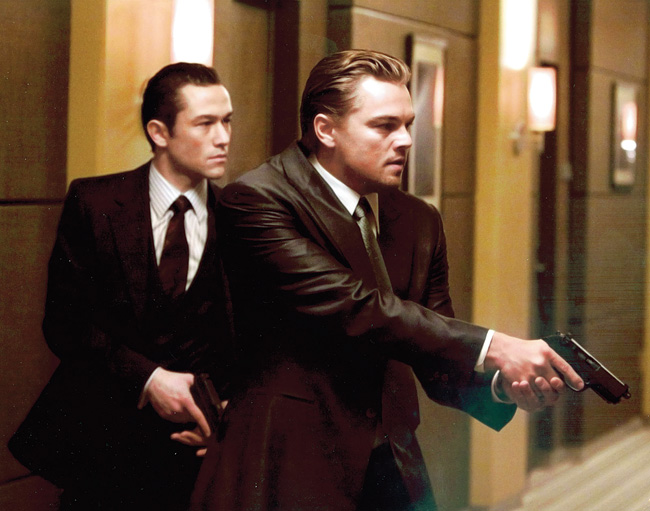
Inception Still from the film
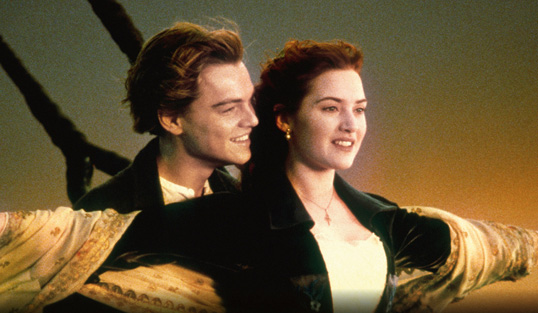
Titanic Still from the film
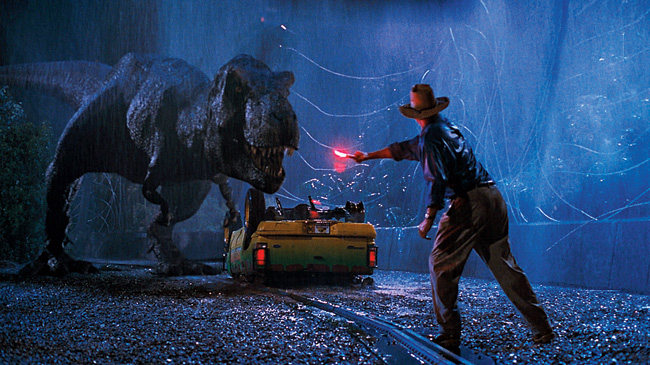
Jurassic Park Still from film

Avatar Still from the film
I think Christopher Nolan’s films lend themselves naturally to the big-screen experience. I am not into superhero films, but I am a huge fan of Nolan’s Batman trilogy, it’s a Bible to me in a way. I hope, with Tenet (slated to release in theatres on July 17, in what will be the first big theatrical release during the pandemic) he brings back the big-screen experience and the whole concept of community viewing.
Going to the movies with friends in college was a rite of passage, a ticket that certified that we are adults now.
I have loads of memories attached to going to movie halls, especially counting down to the last penny to buy a movie ticket. Sometimes, we would fall short by just Rs 2 and that meant that we would have to postpone watching a film by a day, and that was heartbreaking.
Movie-watching was always an experience for me, which sometimes even went beyond the film I was watching. Like our group of friends buying tickets in a way we could sit next to our respective crush, or reversely, making a point not to sit next to our girlfriends if we had a fight with them that day! At that time, I had a huge crush on a classmate and we went to watch a film where I was chatting with her the whole time. A month later, a pirated version of the same film dropped on my cable TV network, and I had no recollection of chunks of the film!
Avatar was a mind-boggling big-screen experience. Just that whole thing of wearing those 3D glasses and watching those jaw-dropping visuals was an ultimate experience. Jurassic Park massively scared and thrilled me. It was so immersive, all the dinosaurs never seemed computer-generated. The chills I felt could only come from watching it on a huge screen in the dark audi.
There are some films that I probably watched on DVD first, but when they were rereleased in theatres, I made it a point to go and watch them on the big screen. Like Nuri Ceylan’s Three Monkeys, which I went back to watch at a film festival. Also, (Krzysztof) Kieslowski’s Three Colors trilogy. I had watched Blue earlier, but I went back and watched it on the big screen.
While studying in England, I missed watching Avatar in the cinemas. I did watch it on the small screen, but later went back for a big-screen rerelease because I do believe that Avatar is a big-screen experience, a marvellous achievement in craft and technology. I refused to watch Inception on the laptop, I watched it on the big screen.
James Cameron’s films naturally lend themselves to the big-screen experience. So do Tarkovsky’s films. Jean-Pierre Jeunet, who directed Amelie, has films that are meant for the big screen. Also, Alfonso Cuaron. While I was watching his Roma on Netflix, where it was released and not on the big screen, I constantly kept thinking that it would have been great if I could have watched this film in the theatre… because it’s in black and white and for the way it’s been shot. There are some Satyajit Ray films which I believe should only be watched on the big screen. Like, Abhijan. The magnitude of the tragedy of Ritwik Ghatak’s films can’t be felt on the smartphone, especially the endings of Komal Gandhar or Subarnarekha.
The charm and magic of watching a film on the big screen can’t be replaced easily. I recently watched Chilean film-maker Pablo Larrain’s Ema on a streaming platform and I kept thinking that this should have been released on the big screen. Also, A Perfect Day, starring Tim Robbins and Benicio del Toro, set in post-civil war Bosnia is something I watched on the small screen recently, and I thought it deserved a big-screen watch. Or Godless, which is pure big-screen stuff.
When Titanic came out, I was told I was too young to go and watch it on the big screen. And then I was told it was a love story, and I wasn’t really interested in those kinds of films as a kid. I finally watched it when it rereleased in 3D some years ago. So I never watched Titanic on the small screen... I watched it for the first time on the big screen. I am glad I did.
Avengers: Endgame was truly a spectacle, an event film from start to finish. The final fight beats everything... I was, in fact, watching it on YouTube again today. But the biggest screen you have at home cannot replicate the magic and immersiveness of the theatre experience.
Inception is another big-screen experience. The revolving hallway scene stays with you, maybe because of the way it’s shot, though it may not be as big a spectacle as some other scenes in the film.
There are two films that I couldn’t watch on the big screen, and they are big regrets for me: one is Jaws and the second, 2001: A Space Odyssey. I have watched both films multiple times on the small screen, but they were released in cinemas before I was born. They didn’t rerelease in Calcutta, unlike some other films.
I watched Sholay when it was rereleased in 3D. And I truly feel that Sholay is a film that needs to be experienced on the big screen. I feel the same about Sonar Kella, and I was fortunate enough to catch it on the big screen when it released years after its original release date. I am also a big fan of the Back to the Future trilogy and I wish I could watch it on the big screen.
Titanic was also a huge spectacle that needed to be watched on the big screen. So was Jurassic Park. I recently did a marathon Jurassic Park watch during the lockdown with my daughter, and even on the small screen, it completely consumes you. That man being chewed up when he sits on the commode... that scene has haunted me forever.
We casually use the term ‘larger-than-life’ for everything; but there are only a handful of films that deserve to be called such. Avatar, of course, is one such. The 3D experience in my life came in with Avatar. One just felt one was there... made you feel a part of it. Otherwise, why would you get emotional when things are happening to extraterrestrial beings? That can only happen in a movie theatre. I wouldn’t want to watch many films at home if I have the option to watch it in a theatre, in a normal world, of course.
I would also name Mackenna’s Gold, Ben Hur and The Ten Commandments, all of which I watched on the big screen when they had rereleased. The canvas and gigantic landscape of a Western is far more enigmatic on the big screen. I wouldn’t really like to see the Red Sea parting on my home TV.

